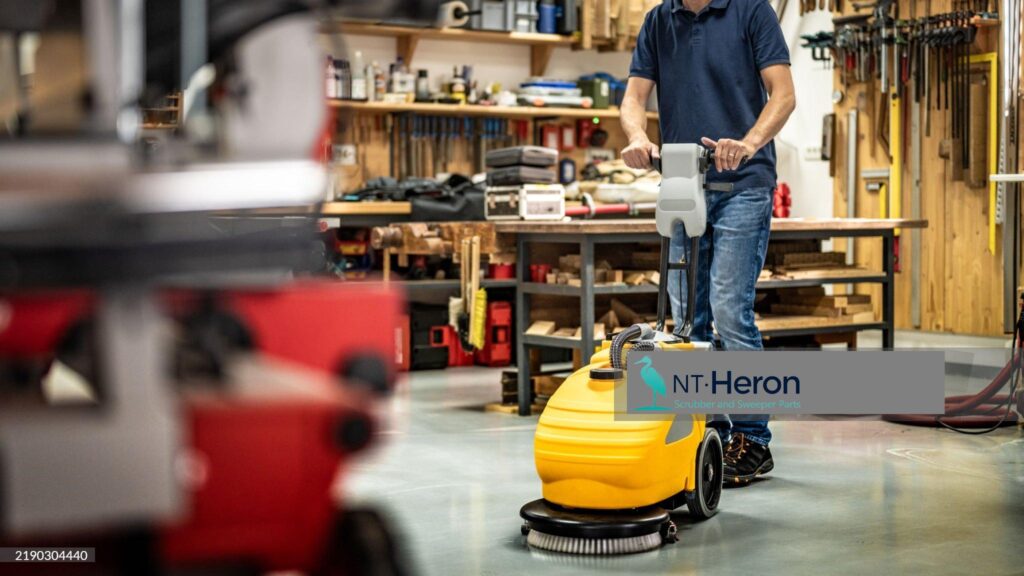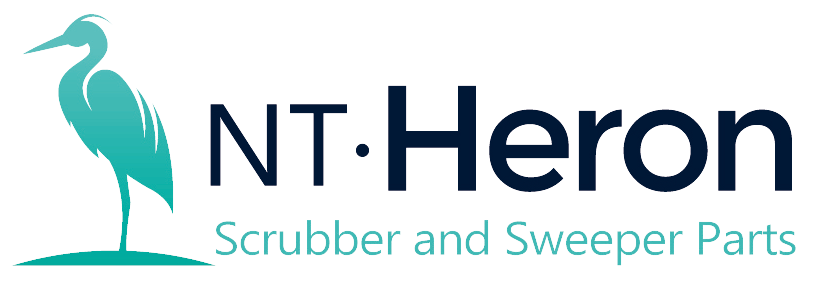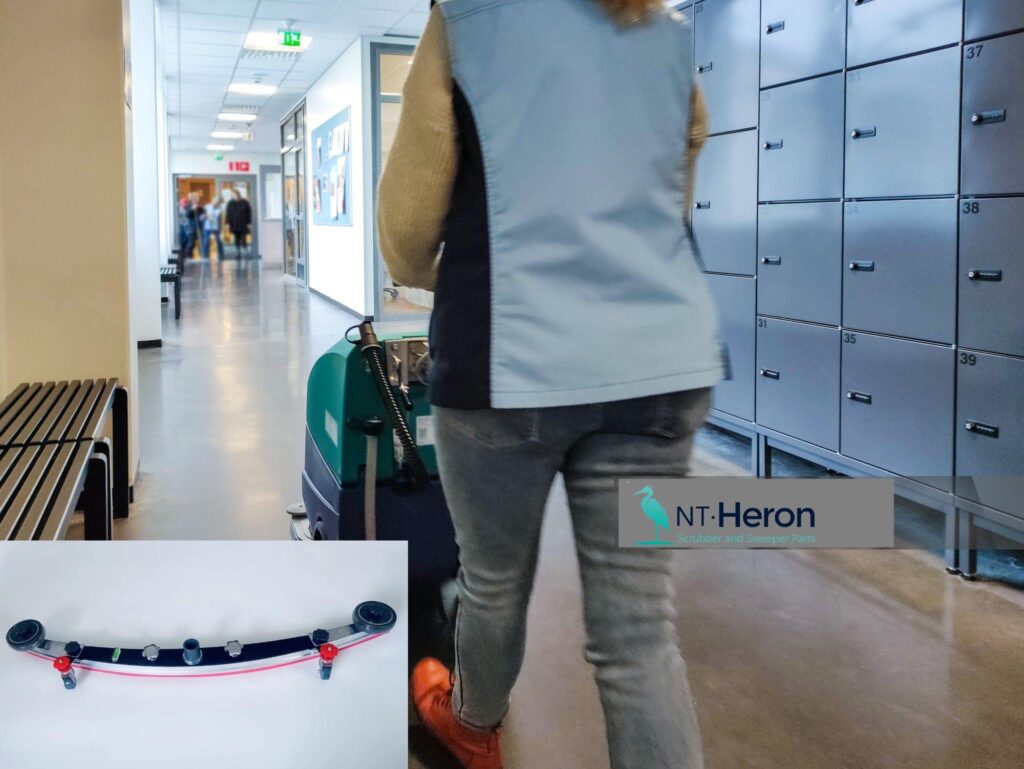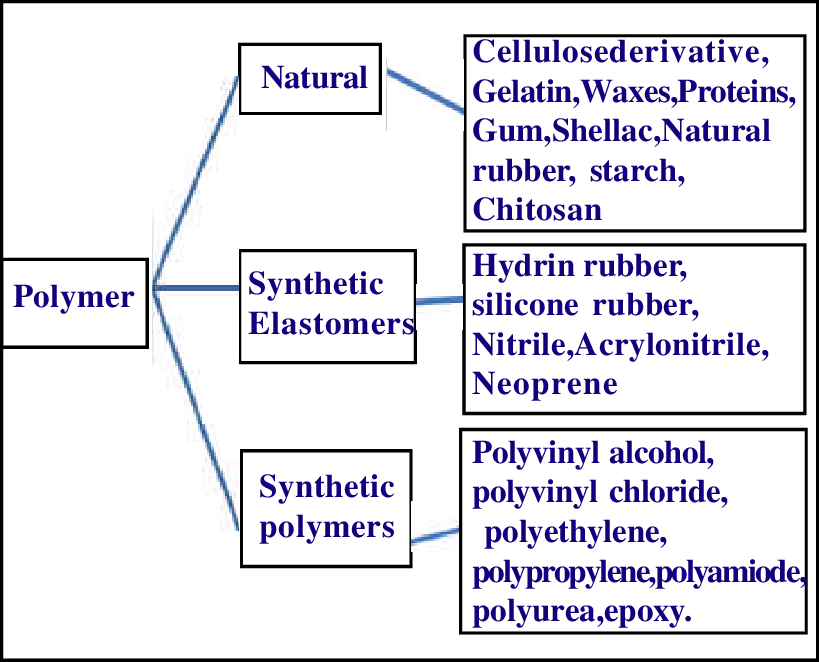

If you’re in the business of keeping floors spotless, you know the unsung hero of any floor scrubber isn’t just the machine itself—it’s the squeegee blade. A high-quality blade can distinguish between a gleaming floor and a streaky mess. But not all squeegee blades are created equal. The secret to longevity and performance? Material. In this guide, we’ll break down the best materials for durable squeegee blades, helping wholesalers, distributors, and business owners like you make informed decisions.
Why Does Squeegee Blade Material Matter?
Think of a squeegee blade like the tires on a car—the right material ensures a smooth ride (or in this case, a clean floor). The wrong choice can lead to frequent replacements, uneven cleaning, and higher costs. Here’s why material matters:
- Durability: Tough materials resist wear from rough floors.
- Chemical Resistance: Some blades hold up better against harsh cleaners.
- Flexibility: Softer materials conform to uneven surfaces.
- Cost-Effectiveness: Longer-lasting blades save money over time.
Whether you’re cleaning a warehouse, hospital, or retail space, the blade’s material impacts efficiency and your bottom line.
Top Materials for Squeegee Blades
Let’s dive into the pros, cons, and best uses for the most common squeegee blade materials.
Natural Rubber
- Pros: Affordable, flexible, and great for light-duty tasks.
- Cons: Wears down quickly on rough surfaces; degrades with harsh chemicals.
- Best For: Smooth floors like tile or vinyl in settings like schools or offices.
Learning more about natural rubber here.

Urethane (Polyurethane)
- Pros: Extremely durable, chemical-resistant, and handles heavy abrasion.
- Cons: Pricier than rubber; less flexible on uneven surfaces.
- Best For: Industrial spaces with concrete floors or frequent chemical use (e.g., warehouses, factories).
Fun fact: Urethane blades can last up to 5x longer than natural rubber in tough environments.
Silicone
- Pros: Heat-resistant, non-marking, and works well with mild cleaners.
- Cons: Less durable on rough surfaces; higher cost.
- Best For: Delicate floors like epoxy-coated surfaces or polished concrete.
Learn more about the silicone materials here.
Thermoplastic Elastomers (TPE)
- Pros: Balances flexibility and durability; recyclable.
- Cons: Not ideal for extreme temperatures.
- Best For: Businesses aiming for eco-friendly solutions without sacrificing performance.
Explore the TPE squeegee blades here.
Neoprene (Synthetic Rubber)
- Pros: Good chemical resistance; budget-friendly.
- Cons: Stiffens over time in cold environments.
- Best For: Garages or auto shops where oil and grease are common.
Learn more about synthetic rubber here.
How to Choose the Right Material
Picking the perfect blade isn’t one-size-fits-all. Ask these questions:
- What’s the floor type? Rough concrete needs urethane; epoxy thrives with silicone.
- What chemicals are used? Acidic cleaners demand chemical-resistant materials like urethane.
- How often is the scrubber used? High-traffic areas need durable options.

Pro Tip: Rotate blades regularly to distribute wear evenly and extend their life.
Maintenance Tips to Maximize Blade Life
Even the best blade won’t last without proper care:
- Clean After Use: Rinse off debris and chemicals.
- Inspect for Damage: Replace blades with nicks or cracks.
- Store Properly: Hang vertically to avoid warping.
Why Source from NT. Heron?
At NT. Heron, we specialize in floor scrubber accessories that are built to last. Here’s why partners choose us:
- Wide Range: From urethane to silicone, we’ve got the right material for every job.
- Bulk Discounts: Perfect for wholesalers and distributors.
- Expert Support: Not sure which blade to pick? Our team is here to help.
Shop our floor squeegee blade collection here.
Conclusion
At last, Choosing the right squeegee blade material isn’t just about cleaning—it’s about efficiency, cost savings, and customer satisfaction. Whether you’re supplying a fleet of scrubbers or managing a facility, NT. Heron has the durable, high-performance blades you need.
Ready to upgrade? Check out our catalog or contact us for custom solutions tailored to your business.
Learn more about Industry reports on floor care efficiency.

